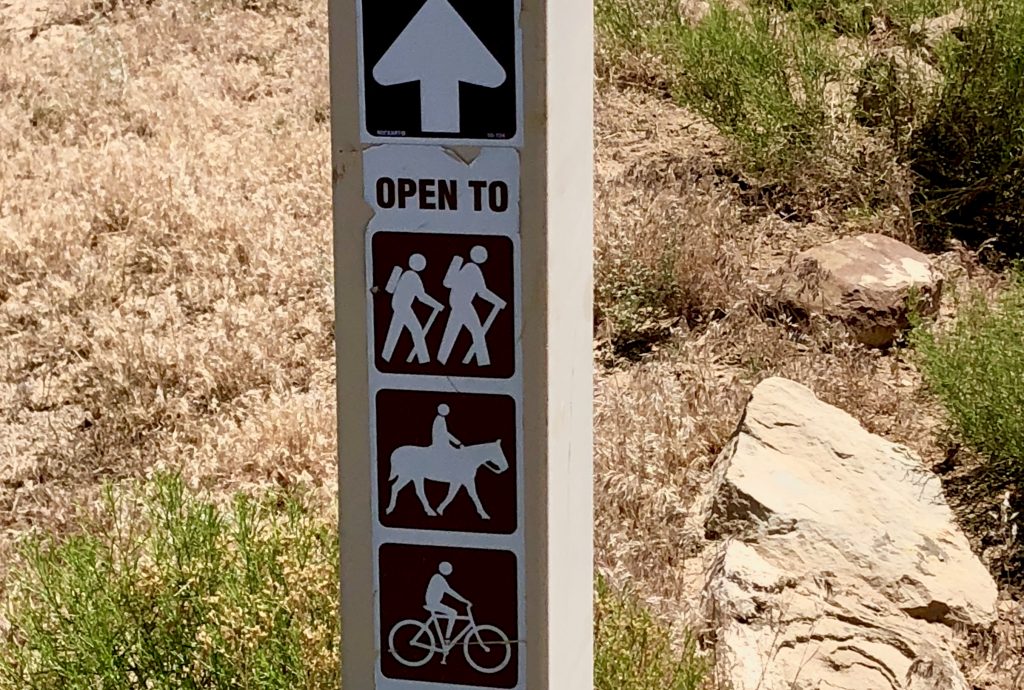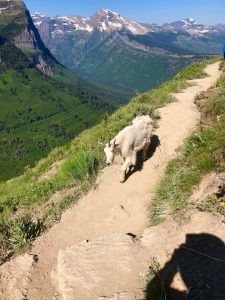
Hike planning is essential for a safe and successful hike. In Part 1 of our “How to Go Hiking” series, we examine key considerations for hike planning.
Chris & Mac
We outventure to help you outventure!
Support Grey Otter Outventures!
Please help us continue to bring you great content:
A hike is not a stroll or a simple walk. Strolls and walks are pretty straight forward – you put on shoes (or not) and you walk. A hike is something different. It implies heading out for an extended period with a concrete destination in mind. Strolls and simple walks require little to no planning or preparation. Hikes, on the other hand, require at least some basic planning and preparation.
It is amazing how often one sees people on hiking trails who clearly think they are out for a simple stroll or walk. They have inadequate shoes, clothing, water, and no packs, so no emergency supplies. Those who stay with most of the crowds within 1 mile of the trailhead can, generally, get away with this lack of preparedness. Those who hiker further can not.
When hiking, there is always a temptation to go further. The further one goes, the greater the possibility that lack of preparation will become a problem. People can get lost, run out of water (usually you see them carrying just a water bottle), get injured, get trapped by rising tides on coastal trails, fall in tree wells, etc., and/or just generally have an unpleasant and often scary experience. Hiking, although not generally as demanding as other outdoor activities, does require at least some planning and preparation. The amount of which grows as the length and technical demands of the hike increase. When planning your hiking trip, research the trails you will hike to determine not only what you will see, but trail length, altitude, elevation gain, and technical aspects of the trail:
Scenery
There are many different types of trails. Scenery may be tree covered woods, open ridge lines, waterfalls, canyons, desert, rivers, beaches, mountains, etc. You get the point. When researching your trails, determine first whether the trail will offer the experience you seek.
Trail Length
Most of us hike a trail because we want to see particular scenery. Most trails, however, do not have that scenery throughout the trail. Often a hiker must hike for some time before getting the “pay-off”. For example, you may have to hike a number of miles in a tree covered forest before reaching the scenic overlook or the waterfall you seek. Make sure before you go that the trail distance is within your capability and you will reasonably be able to make it to the scenery you seek. This can be found by reading trail descriptions, but you should also view the trail on a map. The map will give you a feel for the area and will note trail length and potential challenges such as stream crossings.
Altitude
Knowing the starting and maximum elevation of your hike is important. During much of the year, snow and ice may be a factor on high altitude hikes, requiring special preparation and knowledge. Additionally, if you live at an altitude which is lower than that of the planned hike, your endurance and enjoyment will be affected by the elevation of the trail. The higher you go, the more taxing the hike will be if you are not acclimated to the altitude, so plan your distances accordingly.
Elevation Gain
Elevation gain for a hike is an important number. Even if you plan to hike at a low elevation, undulations in the terrain may result in substantial elevation gain. The more the elevation gain (and loss), the more taxing the hike – particularly for older knees. Sometimes, the downs can be even harder on the knees than ups due to the pounding of consistent descent. Most trail descriptions indicate elevation gain. For an out and back (i.e., you return on the same route you hiked out), you can assume roughly the same elevation loss as the gain. For loop hikes, elevation loss may be greater or less than the gain. Researching the gain and loss will help you determine whether the trail will be fun and appropriate for your group.
Technical Aspects of the Trail
Some trails are smooth, appearing almost groomed. Most are not. Most trails have roots and rocks, uneven tread, some may have stream or snow field crossings, others may be completely exposed to the sun and some may be in dense tree cover, while others may require rock scrambles or hiking through scree (rock chips) on the side of the mountain. There are a wide variety of technical challenges you may encounter on a trail. You can determine the technical aspects of a trail by reading trail descriptions and comments of those who have hiked the trail. This information will help you to decide whether your experience matches the challenges of the trail, as well as the proper equipment and clothing to make the hike safe and enjoyable.
Conclusion
Hike planning is essential to a fun and safe hiking experience. Information about individual trails and where to find helpful descriptions, maps, and trail reviews can be found in our “Where to Hike” section of this website. Make sure to use this and other resources to gain knowledge about the trails you intend to hike before heading out. Enjoy!
Gear We Use for Day Hiking
To see descriptions of the gear Chris & Mac use for day hiking, as well as links to manufacturers and retailers offering the gear for sale, please CLICK HERE.
SAFETY DISCLAIMER: The activities discussed in this website are outdoor activities and, as such, have inherent risks to which participants are exposed. It is not the intent of this website, nor is it possible due to the variability of weather, terrain, equipment, and experience, to detail all of those risks. The information contained in this site is informational, but not instructive nor exhaustive. It is the sole responsibility of the user to ensure he/she is in good health, fully prepared, and fully informed as to dangers before undertaking any of the activities discussed in this website and the user does so at his/her own risk. The user understands that by using this website he/she acknowledges and accepts all risks associated with use of information from this website and participation in any particular activity addressed herein. Please see “Terms of Use” for additional information.
Want to share this article with your friends? Click on the share button below:
Want more?
Get the latest outventure updates by following us on social media . . .



